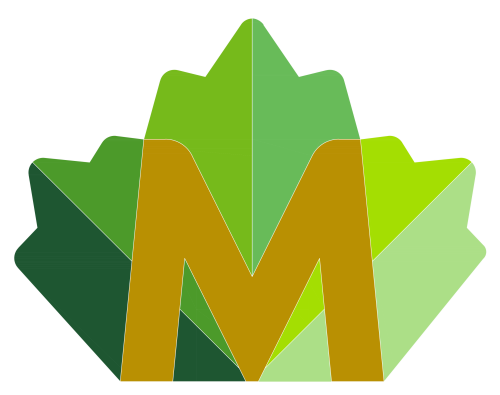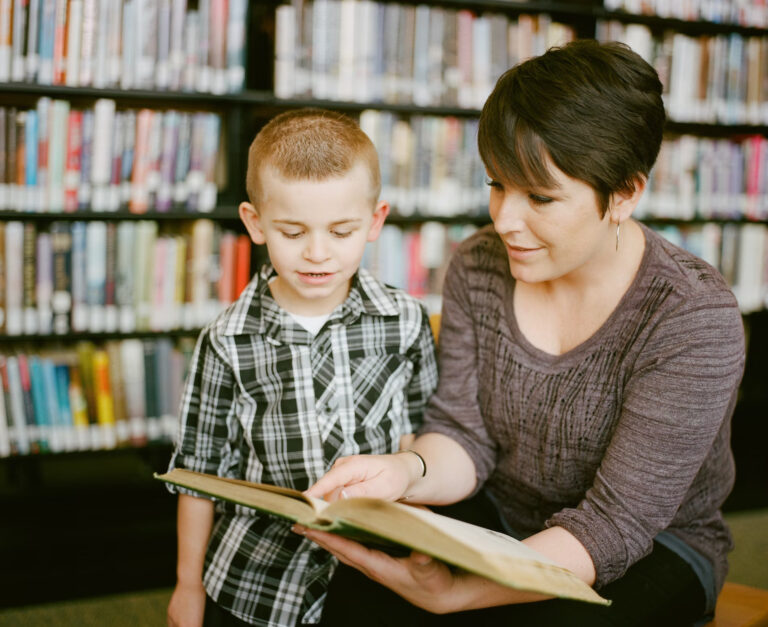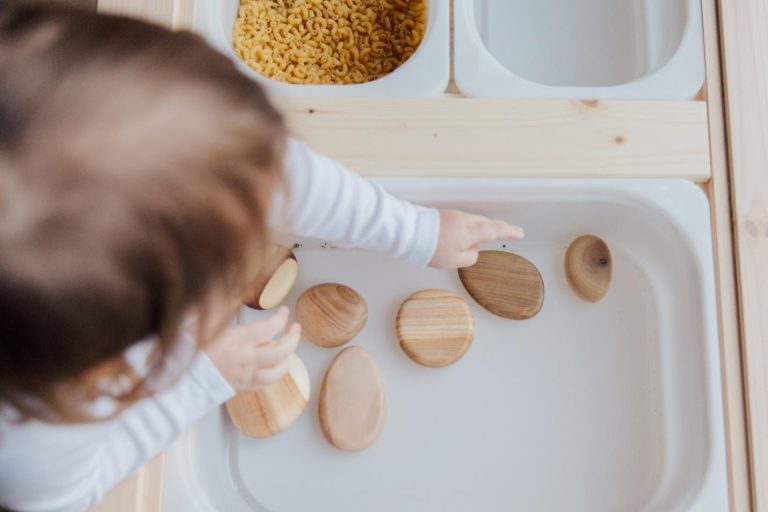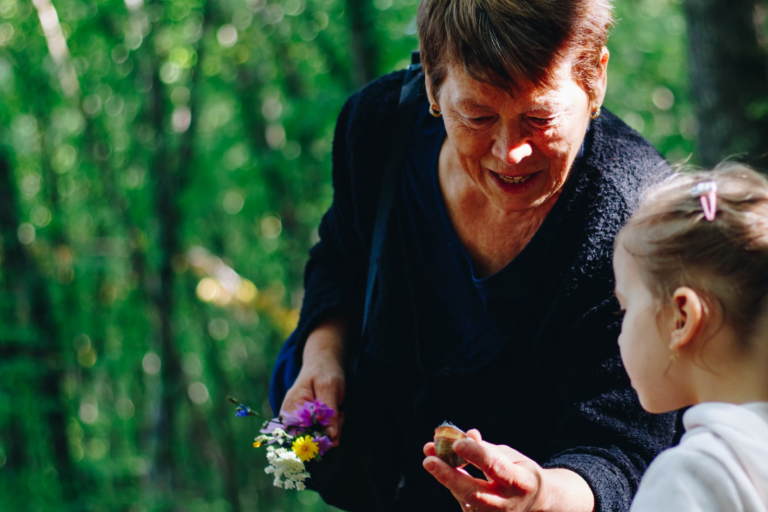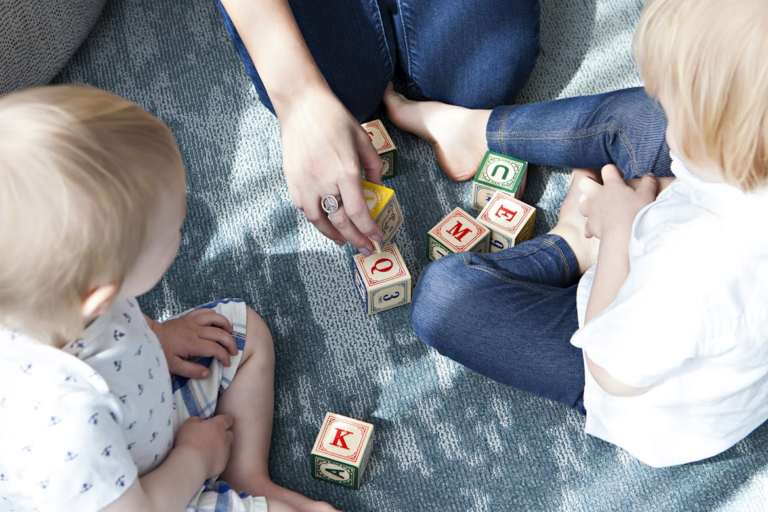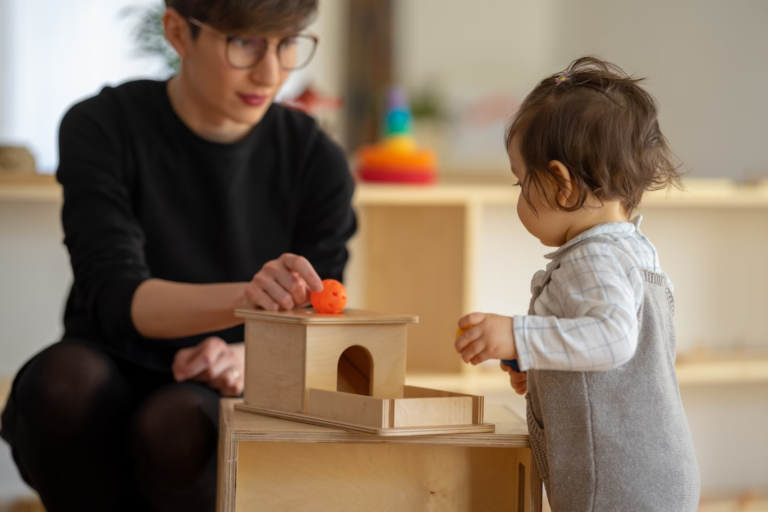How Montessori Broke the Mold of Traditional Education
Picture a classroom. A lot of people might imagine rows of desks lined up facing a chalkboard. For decades, this was the face of traditional education. It continues to be the standard for education in many parts of the world today. In the early 1900s, Maria Montessori revolutionized the discipline and blazed a trail for a new, completely different approach to education.
Today, the Montessori method continues to offer a progressive model for education. Discover Maria Montessori, how she broke the mold of traditional education, and how you can learn more about this unique educational philosophy.
Who Was Maria Montessori?
Born in Italy in 1870, Maria Montessori was lucky to grow up in a family with two well-educated parents. At that point in history, it was rare for a woman to go to school beyond the elementary years. However, she was encouraged by both of her parents to pursue an education. Montessori not only completed her education but also followed her dreams. When it was time for her to complete her secondary education, Montessori decided she wanted to study engineering. This was a very unconventional choice for a woman in the late 1800s. Undeterred, she graduated and decided to take on her next challenge: becoming a doctor.
Medical school was challenging for Montessori. As the first female student to enter the Faculty of Medicine at the University of Rome, she faced prejudice. Additionally, at that time, it was unheard of for women and men to complete dissections at the same time. So, she had to do a lot of work alone. Montessori persevered and was able to graduate as one of the first female Italian doctors in 1896.
As a part of her early work experience as a doctor, Montessori began working with children with intellectual disabilities. She noticed that the children had very little to do. They were bored! Montessori took great interest in these children. Few other people had bothered to truly work with these children. Inspired by the work of experts like Jean-Marc Itard and Edouard Séguin, Montessori started creating interesting and engaging materials for the children to work with. It was during this time of her life that Montessori made a shift toward working in education. Eventually, Montessori was able to help these children with intellectual abilities pass standardized tests.
In 1906, a group of investors that had built apartments in a poor neighborhood in Rome asked for Montessori’s help. While the parents went to work in factories during the day, they needed Montessori to keep the children busy so they wouldn’t destroy the buildings. Montessori seized this opportunity to work with children without intellectual disabilities. It was here that the Montessori method was born. She used many of the same hands-on materials that she had used when working with children with intellectual disabilities.
In her “Casa dei Bambini,” or “Children’s House”, children thrived. She threw out the old model of children sitting at desks and allowed children to move around freely. Children helped in the garden, cleaned their classrooms, and chose which materials to work with. They built with blocks, practiced writing on chalkboards, and even made lemonade. Young children as young as 4 learned to read and write in a country where children weren’t sent to school until they were 7 years old. Within a few years, Montessori had opened up several new Children’s Houses. News of her achievements spread like wildfire. Everyone wanted to bring this method of teaching to their students.
Soon, Montessori was writing books and touring the world, lecturing, and giving teacher training. Back then, there were no online Montessori teacher training options. Montessori had to personally train teachers. So, what exactly did she teach them? Her training sessions covered the basics of the Montessori’s method, including the major differences between her method of education and mainstream education.

Traditional Education vs. Montessori Education: 4 Main Differences
When Montessori designed her method, she brought her training as a scientist with her. She observed children and noticed what seemed to help them learn best. Everything she included in the Children’s House had a specific purpose. From how the teachers worked with students to what children were allowed to do and what materials and lessons were available, everything was carefully considered. Take a look at the major differences between the Montessori approach and traditional education.
A Child-Centered Approach
In a traditional classroom, children are constantly looking to the teacher for instructions. The teacher decides what students learn and when they learn it. The teacher is the center of the classroom.
This is flipped in a Montessori classroom. When you walk into a Montessori classroom, you may be surprised to see children working on many different activities. While one child works on a science lesson, another dives into reading. Each child enjoys a personalized approach to education. This means that each child can learn at their own pace and also explore the areas that interest them most. Teachers are there to guide and support students, but children are the center of the classroom. Today, research supports a child-centered approach, showing that children actually learn more when this style is implemented in the classroom.
Freedom
Many people are surprised when they see that children are allowed to move around freely within a Montessori classroom. What’s more, children are able to decide what activities to work on and how long they work on them! This freedom actually helps children focus. When children have the freedom to choose their own work, they’re more motivated and interested in their work. Additionally, this freedom does come with limits. Children are only free to move around the classroom as long as they don’t interrupt others.
Mixed-Age Classrooms
Another way Montessori classrooms are unique is that they typically include children within a three year age range. For example, the preschool and kindergarten classroom includes children from ages 3 to 6. This benefits children in many ways. Younger children are inspired when they watch older children doing harder work. Plus, older children can often help teach and guide younger children. This offers the chance for all children to develop their social skills and improve their learning.
Holistic, Hands-On Education
In traditional classrooms, it’s common to see most students doing worksheets and working on paper. However, in Montessori classrooms, children are more likely to be working with a wide range of hands-on materials. Montessori created materials that involve the five senses, helping children learn about the world around them. From sandpaper letters that help children learn the shapes of letters to puzzles that teach the parts of a flower, and sound cylinders to help train the ear, there are many fun materials.
A Montessori education is also holistic. Children also learn practical skills such as how to clean up a spill, how to prepare a snack, or how to tie their shoes. Teachers also help children learn important social skills. In this way, the Montessori method encompasses so much more than the typical academic lessons of reading, writing, and math that are often the main focus of traditional education.
How to Learn More with Online Montessori Teacher Training
The above four differences between the Montessori approach and traditional education are just the tip of the iceberg. There is much more to learn and explore within the Montessori method that can change your life as a parent or educator. If you’re ready to learn more, there are many online Montessori teacher training options for both teachers and parents. By learning more about the Montessori method, parents and educators can better support children at home, in a Montessori school, or in a traditional school environment.
Online Montessori Teacher Training Options
When considering online Montessori teacher training options, make sure that you find an option that’s led by a Montessori expert with classroom experience. This will ensure that your training has been planned by someone who has worked with children using the method and will bring their invaluable experience to your virtual sessions. In addition, look at the curriculum of the course ahead of time so that you know what your learning outcomes will be and what the time commitments are. Ideally, your online Montessori teacher training will offer you a certificate upon completion. Consider reaching out to the training program with any questions before enrolling in a course. That way, you can start your Montessori training with confidence.
Montessori Education in the Future
One beautiful aspect of the Montessori method is that it is adaptable and flexible. Montessori herself created the method by observing children and working to meet their needs. As we move into the future, the method can be adapted to meet children’s changing needs.
The Montessori method is also much more than the lessons and materials it includes. It is a wonderful way of interacting with children and approaching education. No matter what the future holds, placing children at the center of their own educations, giving them some freedom to make choices, and looking at education holistically will benefit everyone.
